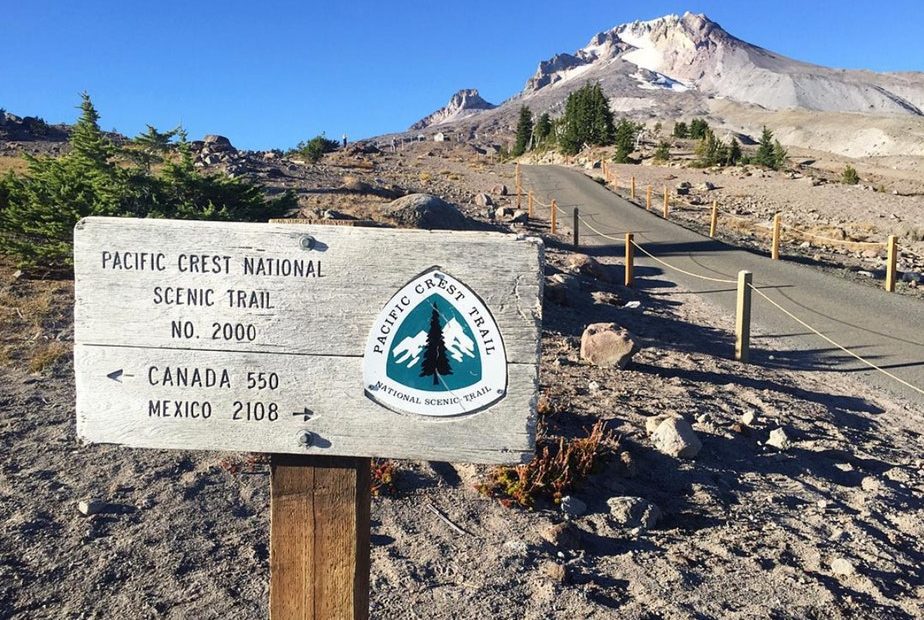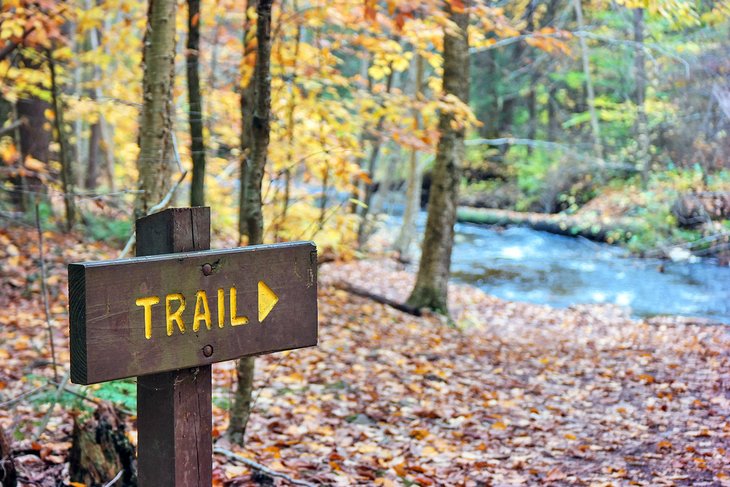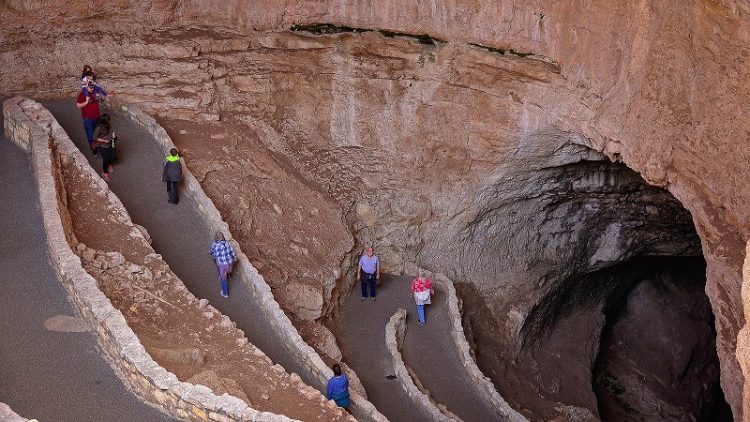When it comes to hiking, North America offers a vast array of trails for outdoor enthusiasts to explore.
From stunning mountain ranges to picturesque coastal paths, the continent is a treasure trove of hiking opportunities.
However, if you’re looking for an epic adventure that spans thousands of miles, you might be wondering, “What is the longest hiking trail in North America?”
What Is the Longest Hiking Trail in North America?

The longest hiking trail in North America is the Pacific Crest Trail (PCT). Extending from the United States-Mexico border to the United States-Canada border, this trail stretches an impressive 2,650 miles (4,265 kilometers) through three U.S. states: California, Oregon, and Washington.
It traverses diverse landscapes, including deserts, mountains, and forests, offering hikers a truly remarkable experience.
Exploring the Pacific Crest Trail
The Pacific Crest Trail presents a thrilling challenge for seasoned hikers and nature enthusiasts. Let’s take a closer look at what makes this trail so special:
1. Breathtaking Scenery
One of the highlights of hiking the Pacific Crest Trail is the breathtaking scenery you’ll encounter along the way.
From the iconic Sierra Nevada mountain range to the towering peaks of the Cascade Range, the trail offers panoramic views that will leave you in awe.
2. Wildlife Encounters
As you make your way along the Pacific Crest Trail, you’ll have the opportunity to encounter a wide variety of wildlife.
Keep your eyes peeled for deer, bears, mountain lions, and a plethora of bird species. It’s important to remember that you’re a visitor in their natural habitat, so be sure to observe from a safe distance and follow Leave No Trace principles.
3. Physical and Mental Challenges
Embarking on a thru-hike of the Pacific Crest Trail is not for the faint of heart. It requires months of physical preparation, mental resilience, and a deep appreciation for the outdoors.
The trail presents a series of physical challenges, including steep ascents, rugged terrain, and unpredictable weather conditions.
However, the sense of accomplishment and the personal growth you’ll experience along the way are unparalleled.
4. Trail Communities
Along the Pacific Crest Trail, you’ll encounter a network of trail communities that offer resupply points, accommodations, and opportunities for rest and rejuvenation.
These communities provide a much-needed break from the solitude of the trail and allow hikers to connect with fellow adventurers who share a common passion for the outdoors.
5. Trail Angels and Trail Magic
A unique aspect of the Pacific Crest Trail is the presence of “trail angels” and the phenomenon known as “trail magic.” Trail angels are individuals or groups who provide support to hikers, whether it’s a cold drink, a hot meal, or a place to stay for the night.
Trail magic refers to the unexpected acts of kindness that hikers experience along the trail, which can make a world of difference during a challenging hike.
Is the Pacific Crest Trail suitable for beginners?
The Pacific Crest Trail is known for its difficulty and should not be taken lightly. It requires a high level of physical fitness, backcountry experience, and advanced planning.
While it may not be suitable for beginners, hikers of all levels can still enjoy sections of the trail and work their way up to longer hikes in the future.
How long does it take to hike the Pacific Crest Trail?
To hike the Pacific Crest Trail, the duration can vary depending on several factors. On average, it takes hikers about five to six months to complete the entire trail.
However, the actual time it takes can be influenced by factors such as your hiking pace, physical condition, and the amount of time you can dedicate to the hike.
Some experienced hikers have managed to complete the Pacific Crest Trail in as little as three months, while others may take longer, especially if they choose to take more breaks or explore side trails along the way.
the best months to hike the Pacific Crest Trail?
The best months to hike the Pacific Crest Trail are typically from late spring to early fall, when the weather is generally more favorable.
However, it’s essential to be prepared for varying conditions, as the trail passes through different climate zones. It’s recommended to start your hike in the south during April or May and make your way north to avoid harsh weather conditions in the northern sections.
How do I prepare for hiking the Pacific Crest Trail?
Preparing for a hike on the Pacific Crest Trail requires careful planning and preparation.
Here are some essential steps to help you get ready:
-
Physical Fitness
Engage in regular physical exercise to build endurance and strength. Incorporate activities such as hiking, walking, jogging, or cycling into your routine.
Gradually increase the intensity and duration of your workouts to simulate the physical demands of long-distance hiking.
-
Gear and Equipment
Invest in high-quality hiking gear and equipment that can withstand the rigors of the trail. This includes a reliable backpack, a lightweight and sturdy tent, a warm sleeping bag, comfortable hiking boots, appropriate clothing layers, a water filtration system, cooking equipment, and navigation tools such as maps, compasses, and GPS devices.
-
Research and Planning
Gather information about the trail, including its sections, resupply points, water sources, and potential hazards.
Familiarize yourself with the rules and regulations of the trail and any necessary permits or passes you may need to obtain.
Plan your itinerary and determine your resupply strategy, considering where you can access food, water, and other essentials along the trail.
-
Training Hikes
Gradually increase the difficulty and duration of your training hikes to prepare your body for the physical challenges of the Pacific Crest Trail.
Seek out trails with similar terrain and elevation gain to help simulate the conditions you’ll encounter.
Practice hiking with a loaded backpack to get accustomed to the weight and adjust the fit of your gear.
-
Nutrition and Hydration
Develop a nutrition plan that provides adequate energy and nutrients for the demands of long-distance hiking.
Research and pack lightweight, high-calorie foods that are easy to prepare and have a long shelf life. Plan for regular water resupply points and carry a sufficient supply of water between sources. Learn about water treatment methods to ensure your hydration needs are met safely.
-
Resupply Strategy
Determine your resupply points along the trail where you can restock on food, fuel, and other necessary items.
Consider sending packages ahead to certain locations or utilizing trail towns and resupply services. Calculate the duration between resupplies based on your hiking pace and anticipated mileage.
-
Leave No Trace
Familiarize yourself with the principles of Leave No Trace, which emphasize minimizing your impact on the environment.
Respect wildlife, follow trail etiquette, properly dispose of waste, and leave natural and cultural features undisturbed. Preserve the wilderness experience for future hikers.
-
Safety and Emergency Preparedness
Learn basic first aid skills and carry a well-stocked first aid kit. Familiarize yourself with common trail hazards, such as wildlife encounters and inclement weather conditions, and know how to respond to them. Share your hiking plans with someone trustworthy and establish a communication plan in case of emergencies.


